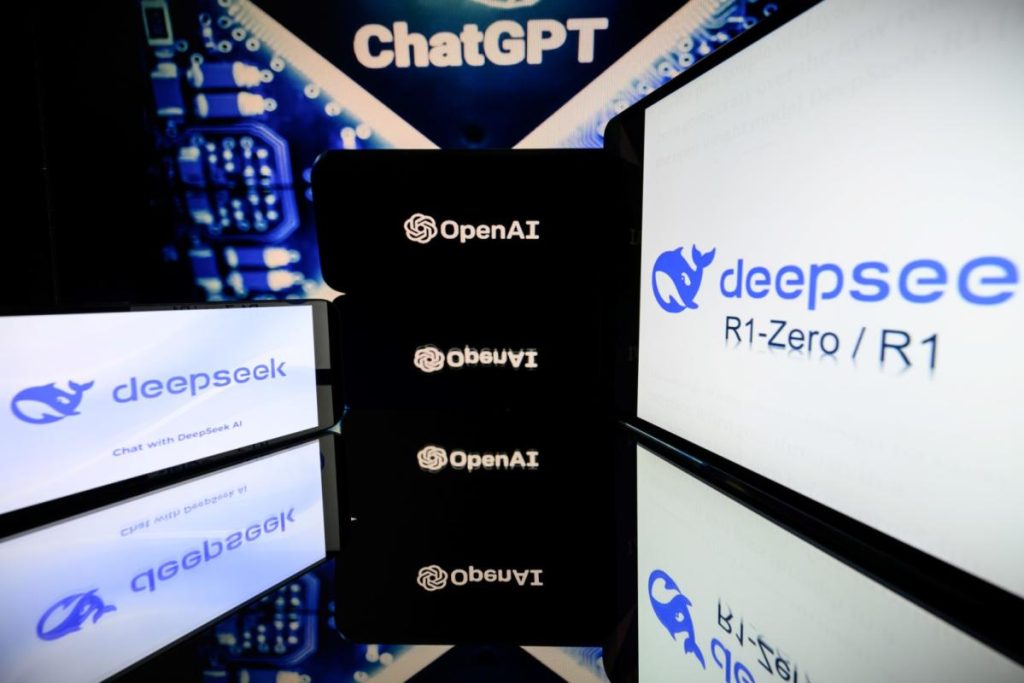AI-Powered Disinformation: A Growing Threat to Truth and Democracy
The rapid advancement of artificial intelligence (AI) has brought about remarkable progress in various fields, but it has also unleashed a new era of disinformation, jeopardizing truth and democratic processes worldwide. At a global summit on AI held in Paris in February 2025, experts voiced growing concerns about the ease and low cost with which AI can be used to create and disseminate convincing fake content. The summit highlighted the urgent need for regulations and safeguards to address the escalating threat posed by AI-driven disinformation. French President Emmanuel Macron underscored the necessity of rules governing AI, contrasting with the US Vice President’s stance against excessive regulation, setting the stage for a complex debate on balancing innovation with the need to protect society from manipulation.
The influence of AI on disinformation campaigns is increasingly evident in the political landscape. Deepfakes, AI-generated audio and video content designed to mimic real people, have been used to manipulate public opinion and influence elections. Instances of deepfakes targeting political figures, from Slovakian party leaders to US President Joe Biden and French President Emmanuel Macron, have demonstrated the potential of this technology to sow discord and spread false narratives. These fabricated recordings and videos, often shared widely on social media, can quickly reach vast audiences, making it difficult to control the spread of misinformation and eroding public trust. The proliferation of deepfakes targeting politicians across the globe, including Donald Trump, Vladimir Putin, Justin Trudeau, and Jacinda Ardern, underscores the global nature of this threat.
Beyond political manipulation, AI is also being weaponized to create harmful and exploitative content. The Sunlight Project, a research group focused on misinformation, warns that all women are potentially vulnerable to pornographic deepfakes. Female politicians are particularly targeted, with cases identified in the UK, Italy, the United States, and Pakistan. These AI-generated pornographic images not only inflict personal harm but also threaten to discourage women’s participation in public life. Celebrities are also frequent victims, as evidenced by the widespread dissemination of a deepfake targeting Taylor Swift, viewed millions of times before being removed.
The scale and sophistication of AI-driven disinformation campaigns are also raising alarm bells. Pro-Russian operations like Doppelgänger, Matriochka, and CopyCop utilize fake profiles and bots to disseminate AI-generated content designed to undermine Western support for Ukraine. These campaigns demonstrate the potential for AI to amplify existing propaganda efforts, making it harder to discern truth from falsehood. The ease with which these campaigns can be launched, even with limited resources, poses a significant challenge to traditional methods of combating disinformation. Furthermore, the increasing credibility of AI-generated content makes detection increasingly difficult, exacerbating the threat.
The impact of AI-generated disinformation is not confined to the political arena. It pervades all sectors, from music to historical documentation, creating a pervasive environment of "web pollution." Fake music videos, fabricated historical photos, and AI-generated images designed to manipulate online engagement are becoming increasingly common. The widespread sharing of fake images related to real-world events, such as the Los Angeles fires in early 2025, demonstrates the speed and reach of AI-generated disinformation. This "web pollution" not only jeopardizes the integrity of online information but also erodes trust in traditional media sources.
The rise of popular AI chatbots like ChatGPT adds another layer of complexity to the disinformation problem. These chatbots, while offering potential benefits, can also propagate false claims, often citing other AI-generated sources, creating a self-reinforcing cycle of misinformation. Research indicates that these chatbots are more susceptible to spreading disinformation in certain languages, like Russian and Chinese, where state propaganda is prevalent. The popularity of Chinese tools like DeepSeek, which often parrot official Chinese narratives, further emphasizes the need for robust safeguards to prevent AI from becoming a tool of state-sponsored disinformation.
This proliferation of AI generated content has sparked calls for solutions. Experts propose teaching chatbots to distinguish between reliable and propaganda sources. Additionally, there is growing concern over the increasing sophistication of AI tools, which can now easily create convincing deepfakes and manipulated content. This has led to calls for stricter regulations and safeguards to prevent the misuse of AI technology and protect individuals and societies from harmful disinformation campaigns. The challenge lies in finding the right balance between fostering innovation and preventing the misuse of AI for malicious purposes. Ultimately, a multi-faceted approach involving technological solutions, media literacy education, and international cooperation is essential to mitigate the growing threat of AI-powered disinformation.
Addressing the challenge of AI-driven disinformation requires a comprehensive approach involving technological advancements, media literacy initiatives, and international cooperation. Educating the public to identify and critically evaluate online information, as well as developing more sophisticated tools to detect and flag AI-generated content, are crucial steps. Additionally, collaboration between governments, tech companies, and civil society organizations is essential to establish ethical guidelines and regulations for the development and deployment of AI. The Paris summit serves as a critical starting point for these discussions, emphasizing the urgent need for a global response to this evolving threat.


